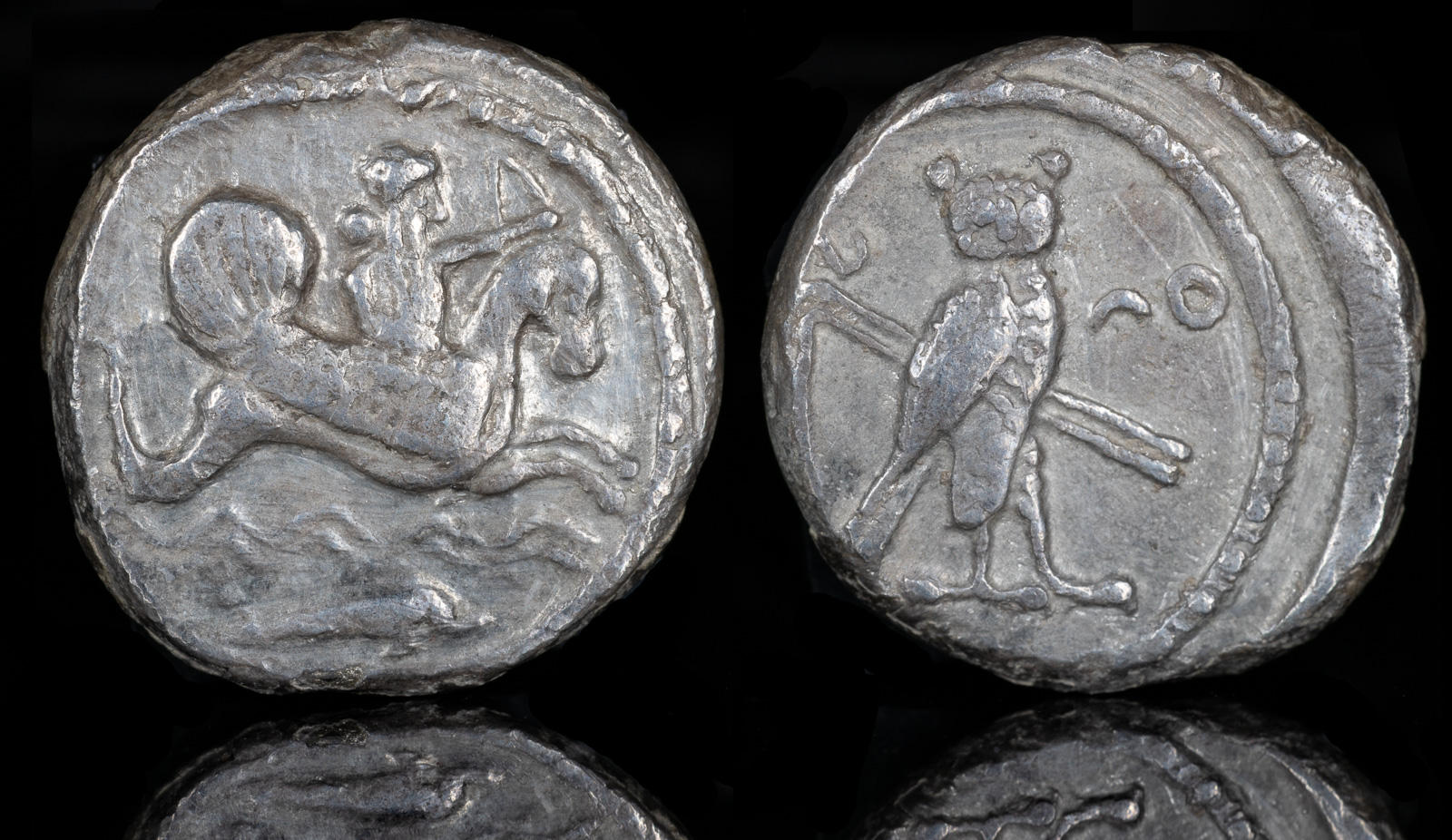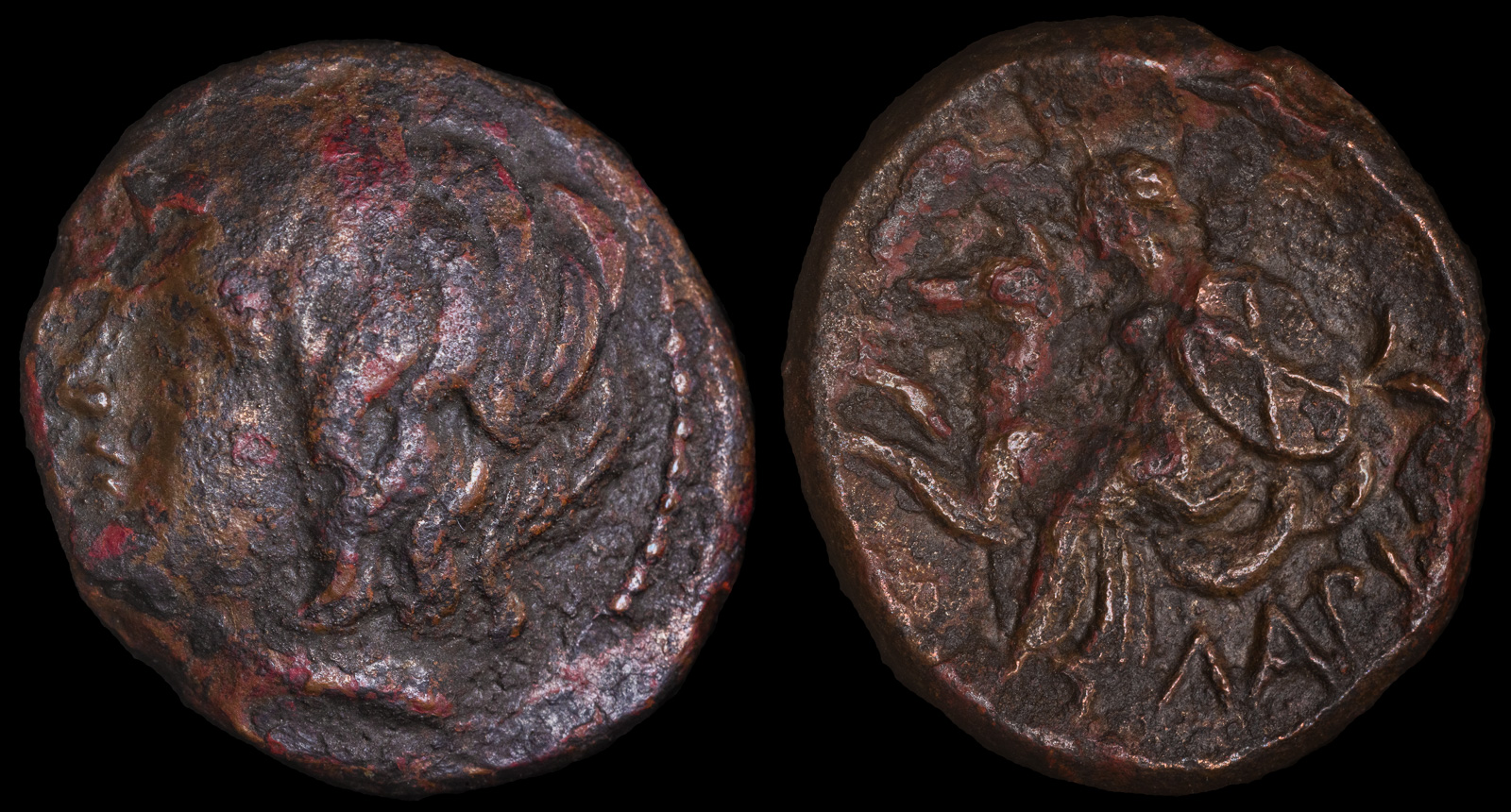Hippocamp
View All Tags
In art and iconography, hippocamps were typically shown with horse heads, long manes, and powerful bodies, which transitioned into the scaly, finned tails of fish. This blending of terrestrial and aquatic features symbolized the creature’s dual nature and its connection to both land and sea. The hippocamp appeared on various forms of ancient Greek art, particularly on vases, coins, and sculptures, often as part of Poseidon’s entourage or in scenes depicting sea voyages and divine marine powers.
The hippocamp also held symbolic significance in ancient Greek culture. Its appearance in mythological tales and art suggested themes of power and control over the sea. As the sea was an unpredictable and potentially dangerous force, Poseidon’s association with the hippocamp underscored his dominion over the oceans and his ability to calm or rage them at will. In this sense, the hippocamp symbolized not just the link between the gods and the sea, but also the inherent danger and majesty of the natural world.

Phoenicia. Tyre. ‘Uzzimilk
RY 10 = 340/39 BCE
Shekel Silver, 20 mm, 8.21 g, 12 h
Deity, holding reins in his right hand and bow in his left, riding hippocamp to right above two lines of waves; below, dolphin right.
Rev. Owl standing right, head facing; crook and flail in background; to right, date and ‘ (in Phoenician).
DCA 918. E&E-T 1146-8. HGC 10, 349
Ex collection of Dr. A. Drakul.
Ex Leu

Larissa Kremaste, Thessaly
302 – 286 BCE
Ae 17.6mm 5.1g
Obv: Head of Achilles left
Rev: Thetis riding left on hippocamp holding shield of Achilles with XA monogram; LAPI below
SNG Cop. 151